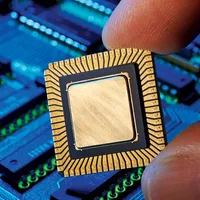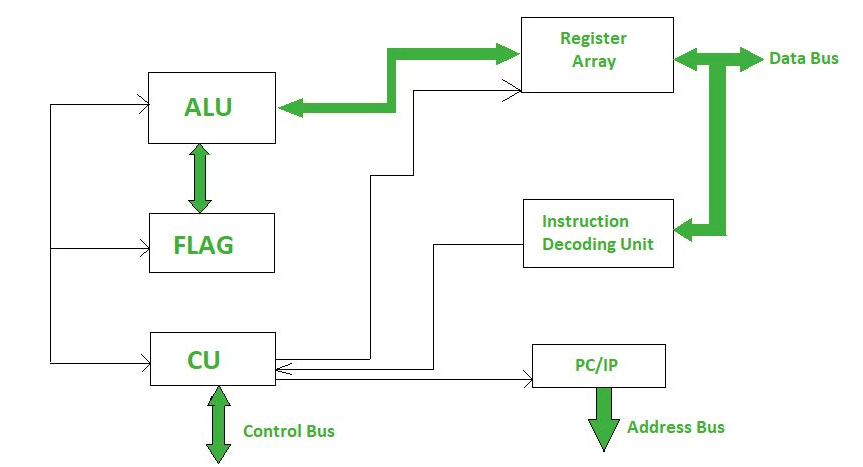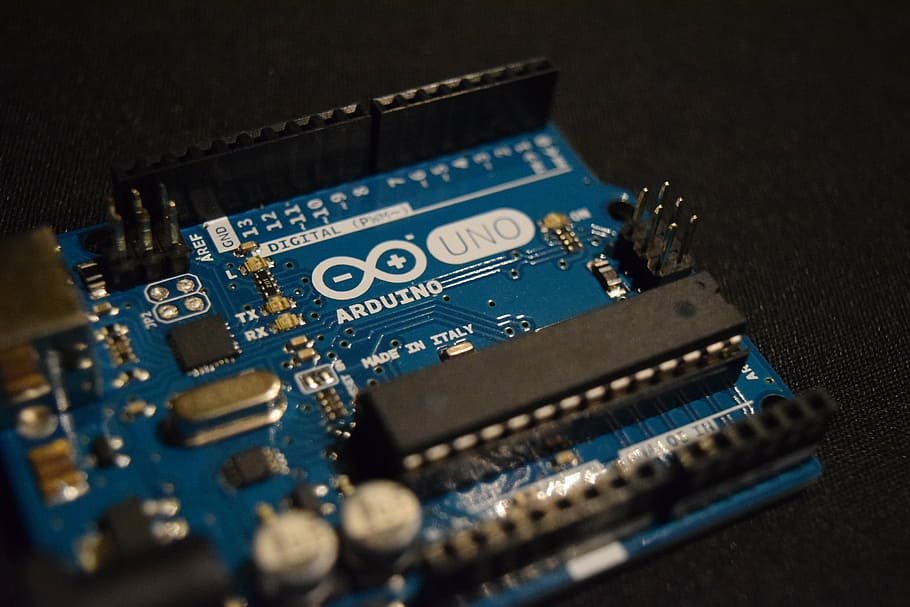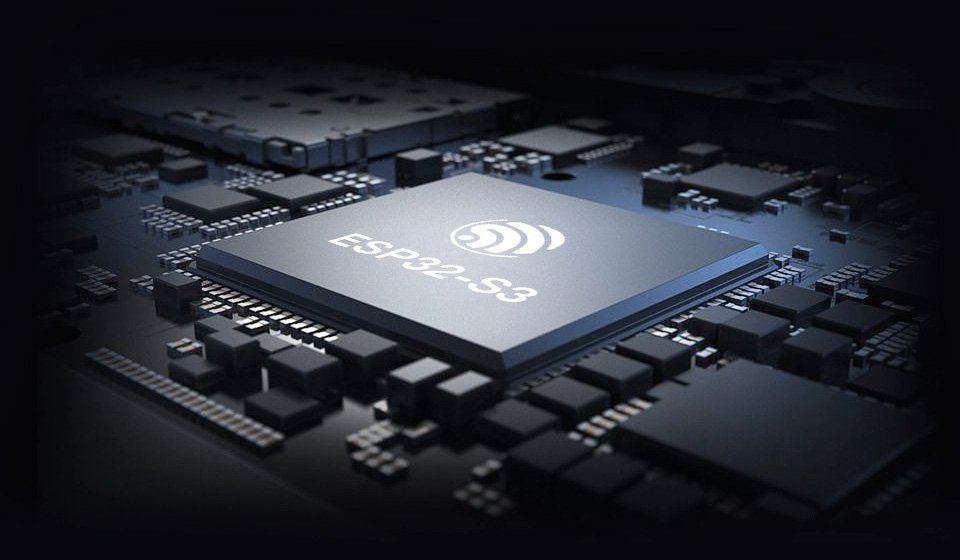A Microprocessor is an important part of a computer architecture without which you will not be able to perform anything on your computer. It is a programmable device that takes in input performs some arithmetic and logical operations over it and produces the desired output. In simple words, a Microprocessor is a digital device on a chip that can fetch instructions from memory, decode and execute them and give results.

Basics of Microprocessor –
A Microprocessor takes a bunch of instructions in machine language and executes them, telling the processor what it has to do. Microprocessor performs three basic things while executing the instruction:
- It performs some basic operations like addition, subtraction, multiplication, division, and some logical operations using its Arithmetic and Logical Unit (ALU). New Microprocessors also perform operations on floating-point numbers also.
- Data in microprocessors can move from one location to another.
- It has a Program Counter (PC) register that stores the address of the next instruction based on the value of the PC, Microprocessor jumps from one location to another and takes decisions.
A typical Microprocessor structure looks like this:

Evolution of Microprocessors

We can categorize the microprocessor according to the generations or according to the size of the microprocessor:
First Generation (4-bit Microprocessors)
The first generation microprocessors were introduced in the year 1971-1972 by Intel Corporation. It was named Intel 4004 since it was a 4-bit processor.
It was a processor on a single chip. It could perform simple arithmetic and logical operations such as addition, subtraction, Boolean OR, and Boolean AND.
I had a control unit capable of performing control functions like fetching an instruction from storage memory, decoding it, and then generating control pulses to execute it.
Second Generation (8-bit Microprocessor)
The second generation microprocessors were introduced in 1973 again by Intel. It was the first 8-bit microprocessor that could perform arithmetic and logic operations on 8-bit words. It was Intel 8008, and another improved version was Intel 8088.
Third Generation (16-bit Microprocessor)
The third generation microprocessors, introduced in 1978 were represented by Intel’s 8086, Zilog Z800 and 80286, which were 16 – bit processors with a performance like minicomputers.
Fourth Generation (32-bit Microprocessors)
Several different companies introduced the 32-bit microprocessors, but the most popular one is the Intel 80386.
Fifth Generation (64-bit Microprocessors)
From 1995 to now we are in the fifth generation. After 80856, Intel came out with a new processor namely Pentium processor followed by Pentium Pro CPU, which allows multiple CPUs in a single system to achieve multiprocessing.
Other improved 64-bit processors are Celeron, Dual, Quad, Octa Core processors.
Working of Microprocessor
The microprocessor follows a sequence to execute the instruction: Fetch, Decode, and then Execute.
Initially, the instructions are stored in the storage memory of the computer in sequential order. The microprocessor fetches those instructions from the stored area (memory), then decodes it and executes those instructions till STOP instruction is met. Then, it sends the result in binary form to the output port. Between these processes, the register stores the temporary data and ALU (Arithmetic and Logic Unit) performs the computing functions.
Features of Microprocessor

- Low Cost – Due to integrated circuit technology microprocessors are available at very low cost. It will reduce the cost of a computer system.
- High Speed – Due to the technology involved in it, the microprocessor can work at very high speed. It can execute millions of instructions per second.
- Small Size – A microprocessor is fabricated in a very less footprint due to very large scale and ultra large scale integration technology. Because of this, the size of the computer system is reduced.
- Versatile – The same chip can be used for several applications, therefore, microprocessors are versatile.
- Low Power Consumption – Microprocessors are using metal oxide semiconductor technology, which consumes less power.
- Less Heat Generation – Microprocessors uses semiconductor technology which will not emit much heat as compared to vacuum tube devices.
- Reliable – Since microprocessors use semiconductor technology, therefore, the failure rate is very less. Hence it is very reliable.
- Portable – Due to the small size and low power consumption microprocessors are portable.





